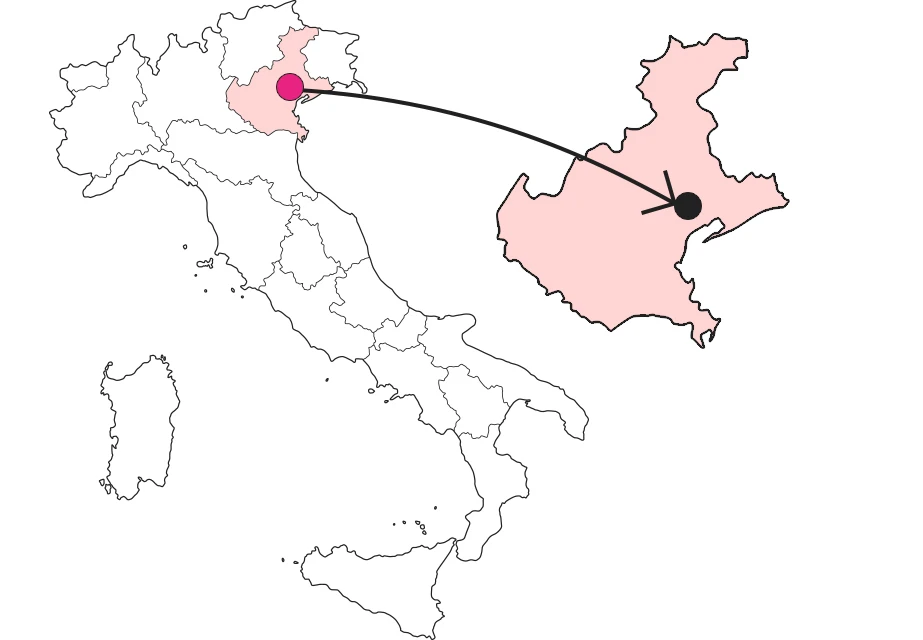SHARRYLAND


Where is

What it is and where it is
One ascends in gentle curves the valley of the Lierza, a tributary of the Soligo, on the road from Refrontolo to Rolle. What first stands out to the eye is the 'croda,' a rocky surface that forms a drop of a dozen meters, forcing the river water to a jump at the end of which it forms a small lake. Then on the right appears the picturesque mill building, with its coffered wheel moved by the flow derived along a gully. The nickname, 'little mill,' is appropriate because it looks just like a fairy tale place.
Why it is special
Installed in the seventeenth century, it is actually a complex of buildings with complementary functions: the mill proper, containing the grain millstone, and accommodation for the miller's family with attached stable and granary. Founded on rock, the mill has withstood not only time, but also the floods that swell the waterfall in impressive ways. Perfectly restored, the Molinetto della Croda, is now the keeper of the memory of a particular aspect of rural civilization.
Not to be missed
During the guided tour you can watch the grinding of corn as if the scene were taking place a hundred years ago with the pleasant surprise of being able to buy a bag of polenta flour fresh from the mill. And before the unmissable stop at one of the area's many trattorias, wanting to whet the appetite, there are also the easy trails from the mill up the surroundings of a valley of many naturalistic interests.
A bit of history
For nearly four centuries, until 1953, the mill saw generations of farmers arrive there with carts loaded with grain and depart with sacks of flour. Then, in October, it was also the backdrop for the celebration of the start of corn milling, which in dialect was called 'biava'. It was an occasion to get together, to sit around a table and play cards, appreciating the new wine, just as at the occasion is still done today in a folkloric key remembering those times. Today the mill is still in operation, keeping active the milling of 2 varieties of corn: the "biancoperla" and the "marano".
Trivia
The term 'croda' is familiar to those who frequent the Dolomites: famous, the Croda da Lago, which dominates Cortina d'Ampezzo. According to the etymological dictionary, it is a northern entry of uncertain origin that stands for a type of rock widespread in the Veneto region and by extension certain Dolomite spires isolated by gullies, with sharp walls and sharp edges. Which in its own way is confirmed in this corner of the Marca Trevigiana, which with its picturesque mill looks like something out of a fairy tale.
Enter the Map of Italy's Undiscovered Wonders and find treasures where you least expect it... Inspire, Recommend, Share...
Collections
The Map thanks:
Enter the Map of Italy's Undiscovered Wonders and find treasures where you least expect it... Inspire, Recommend, Share...
Where is

Collections




